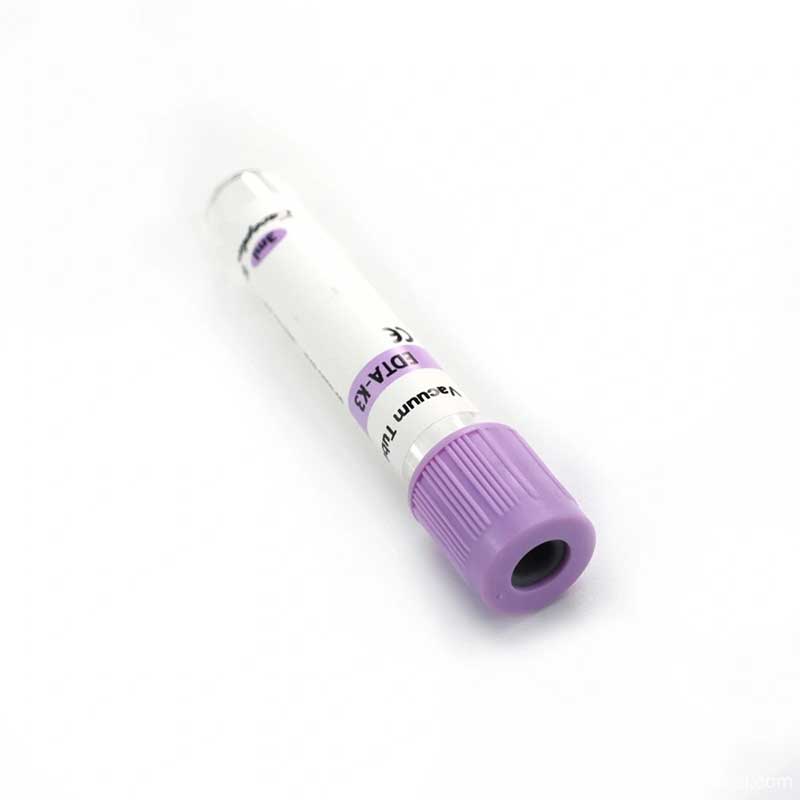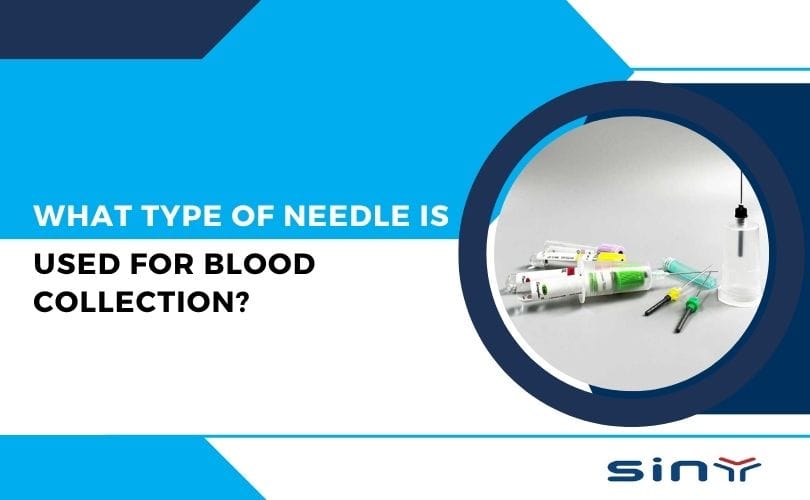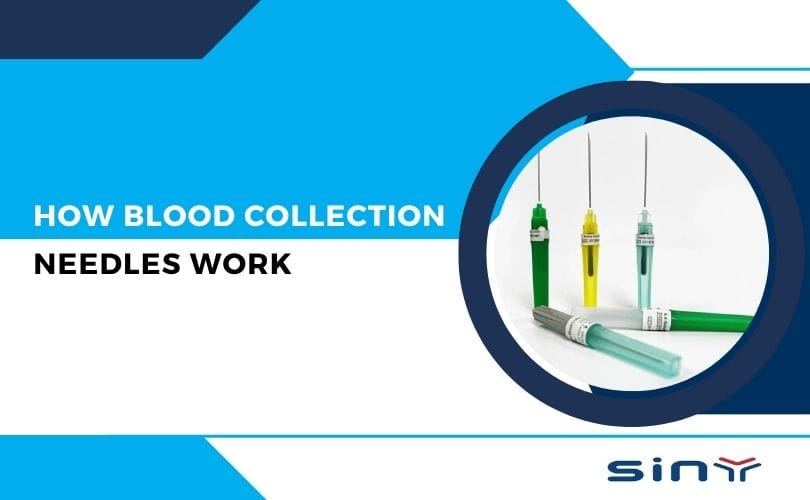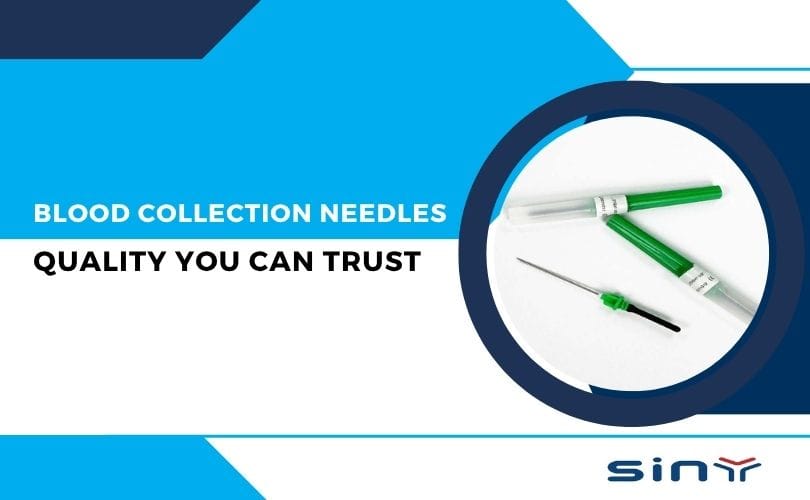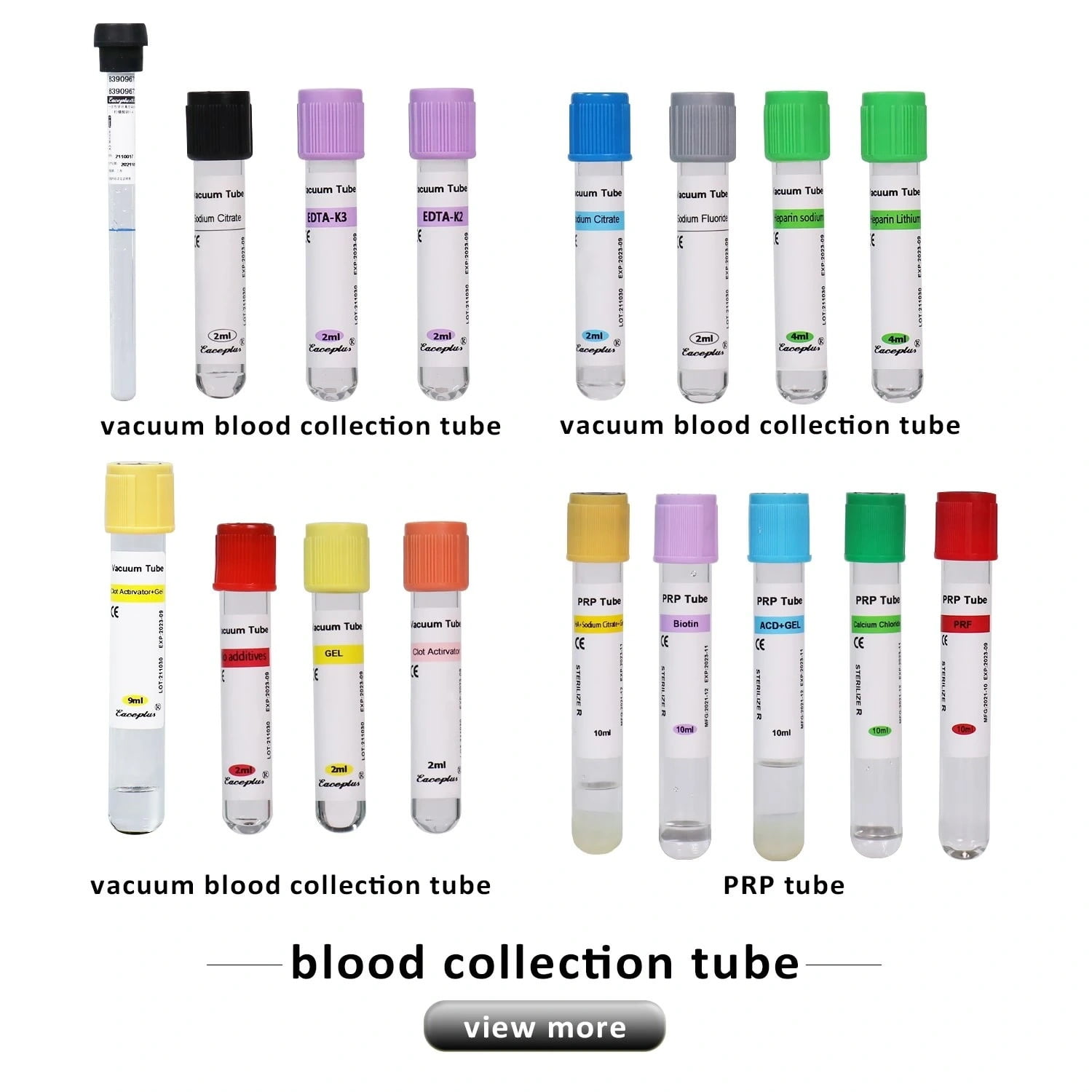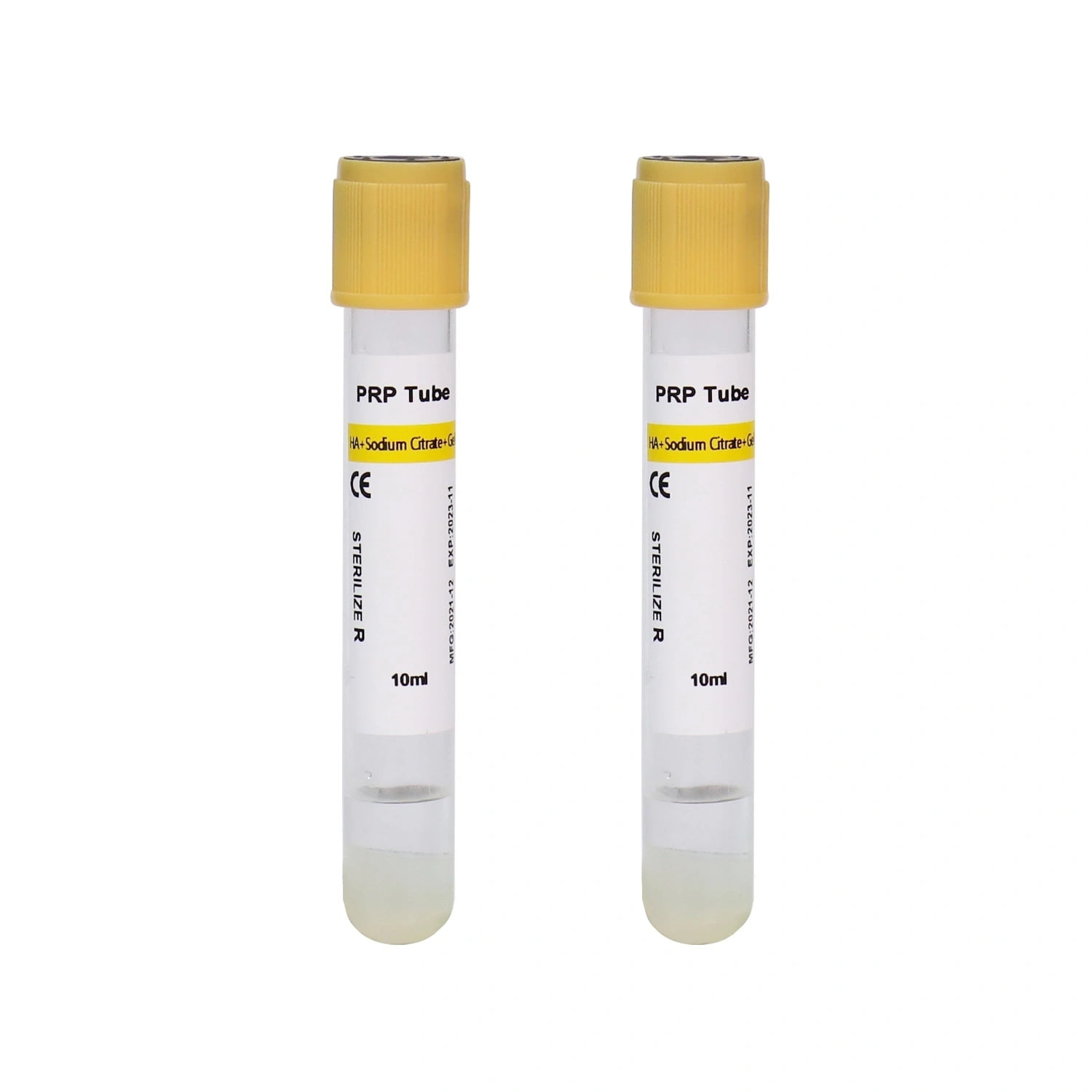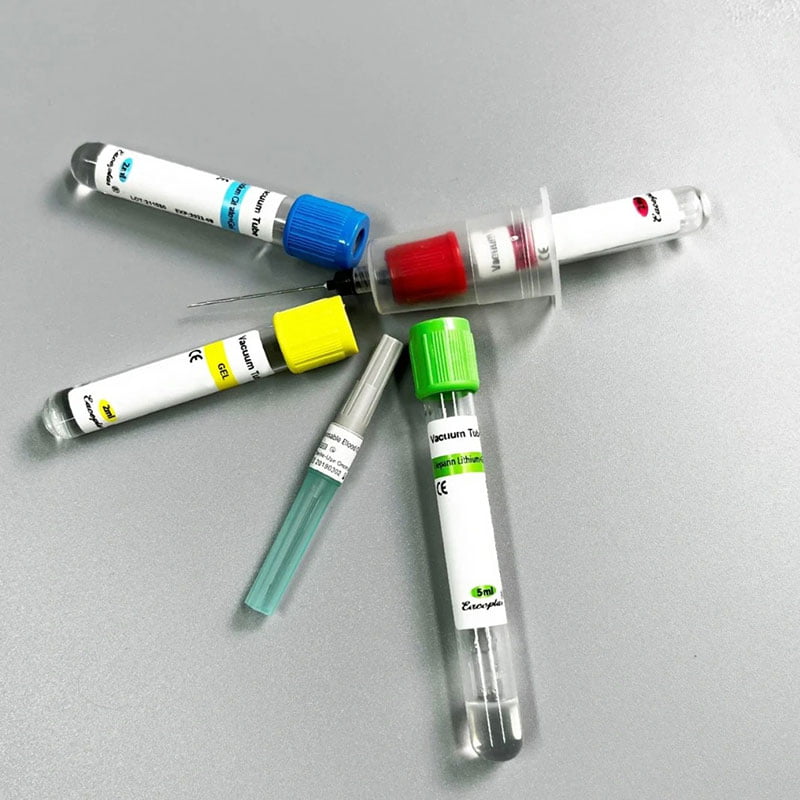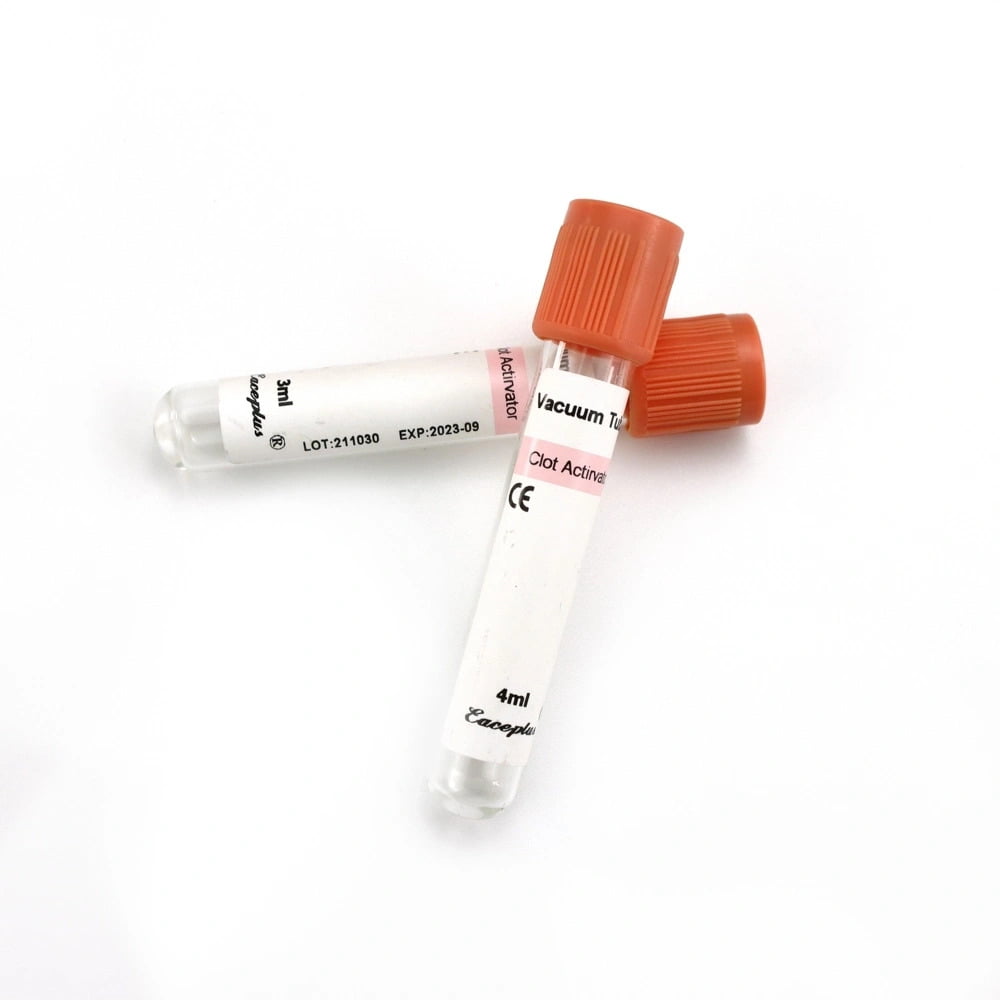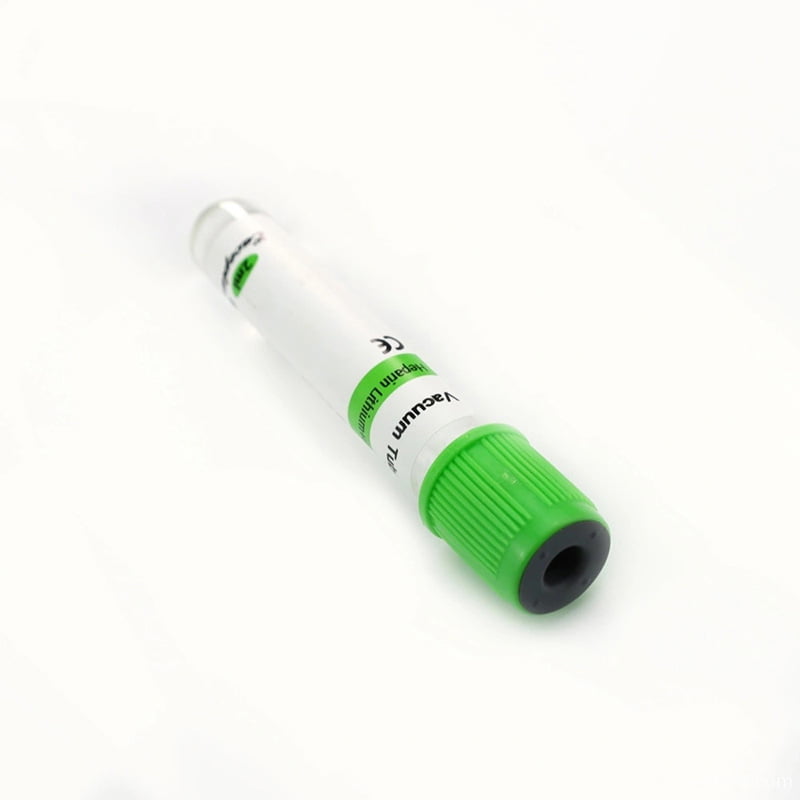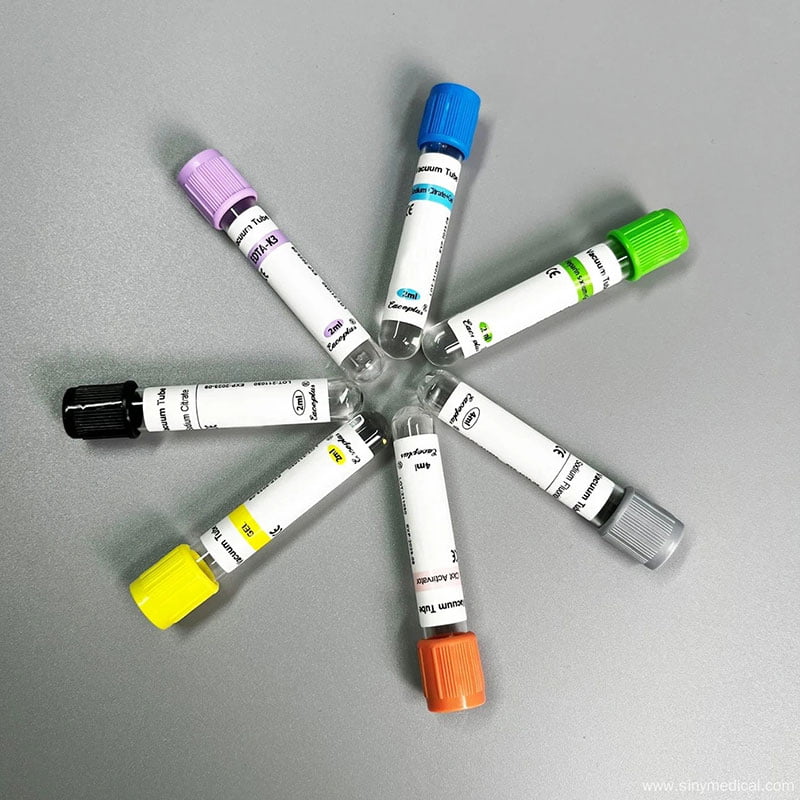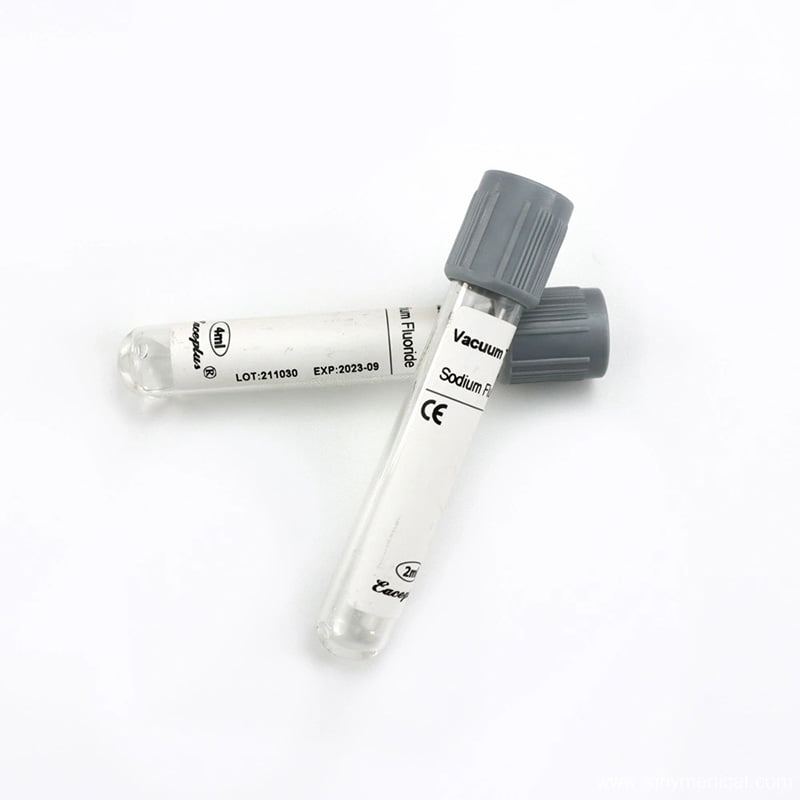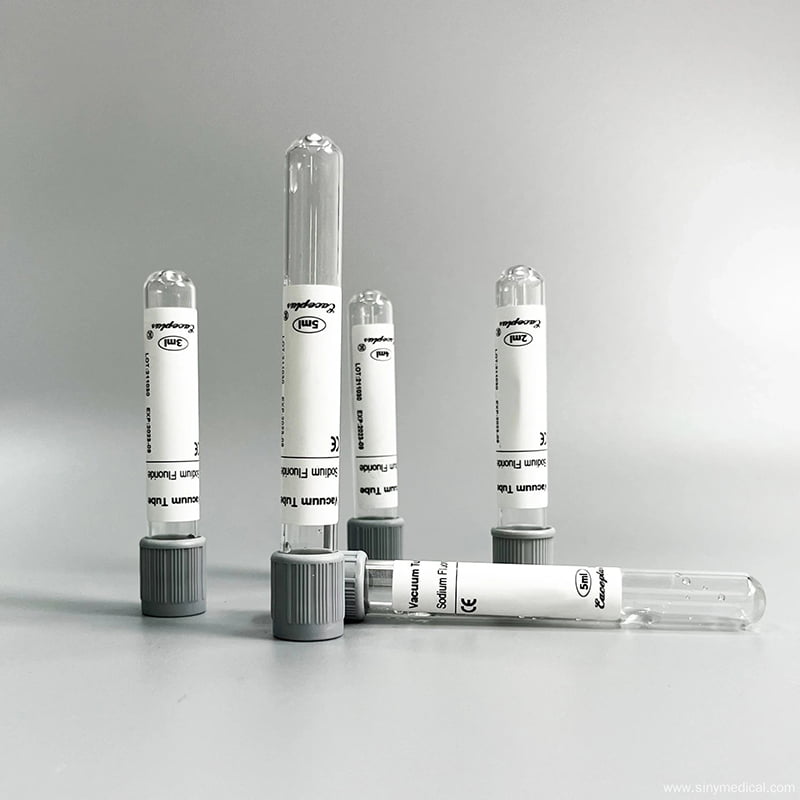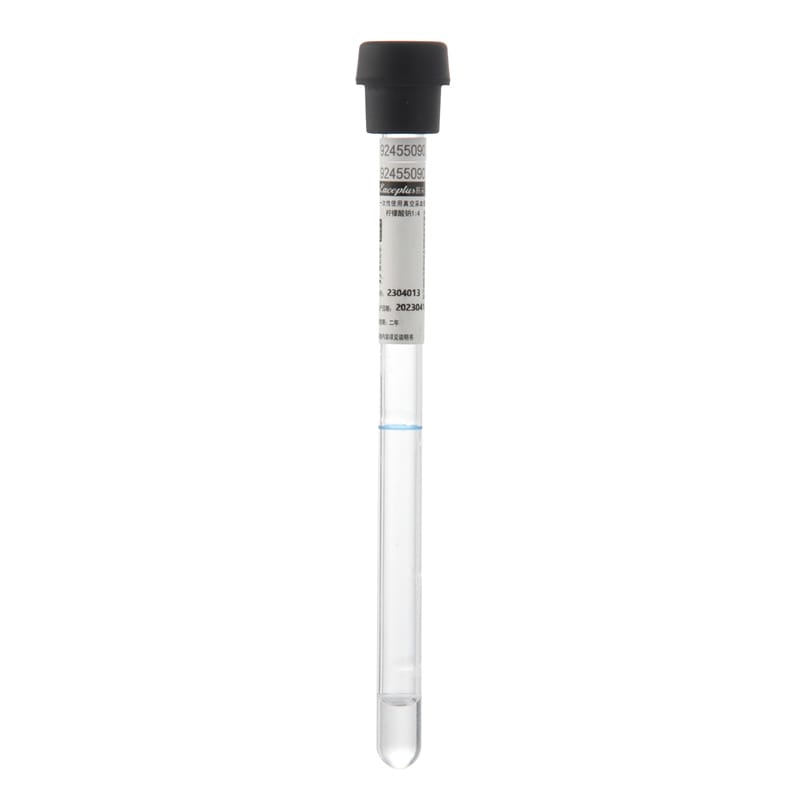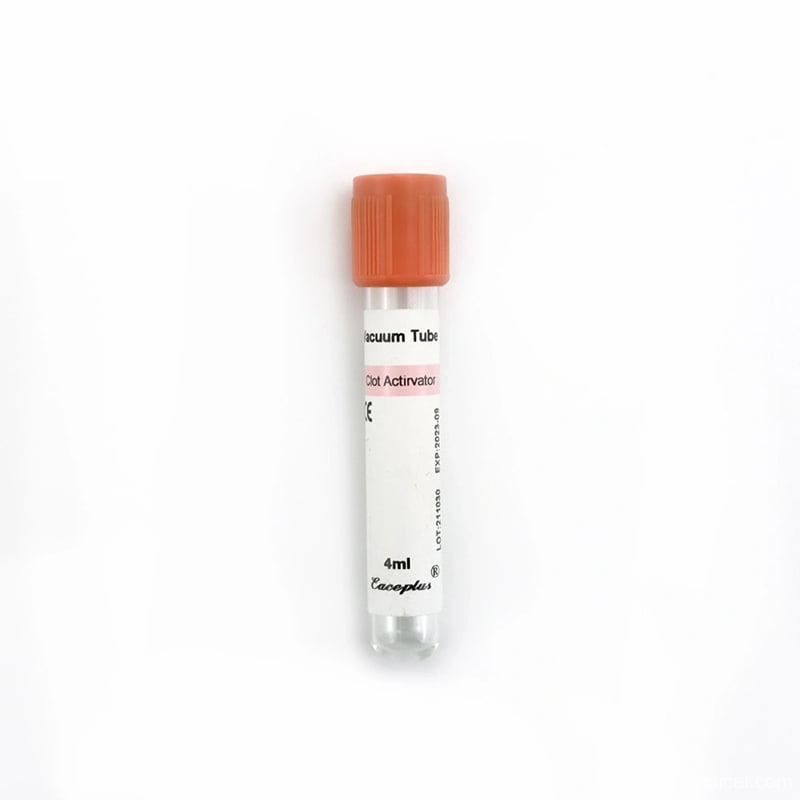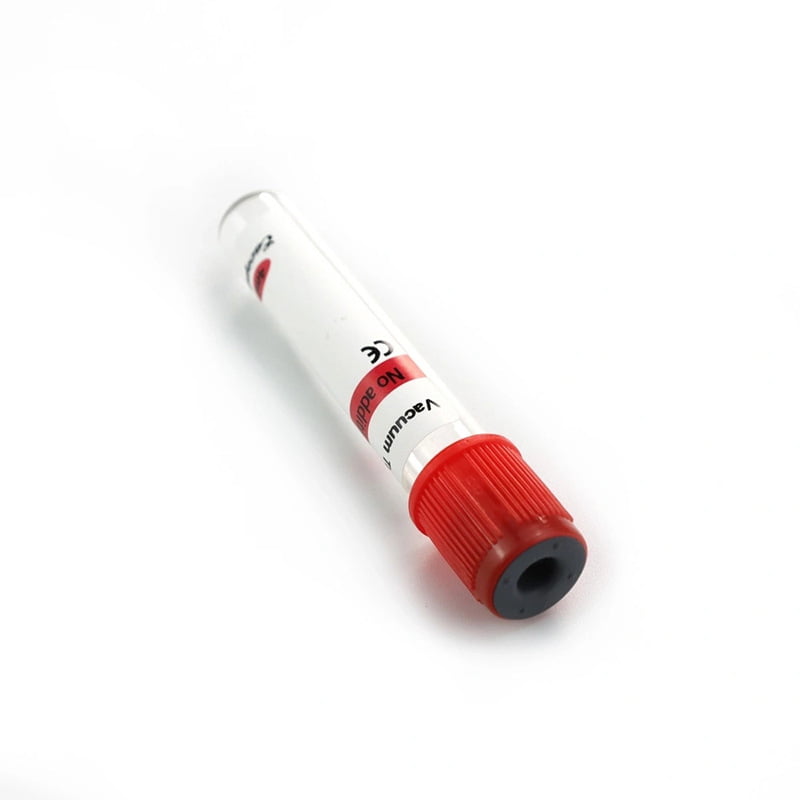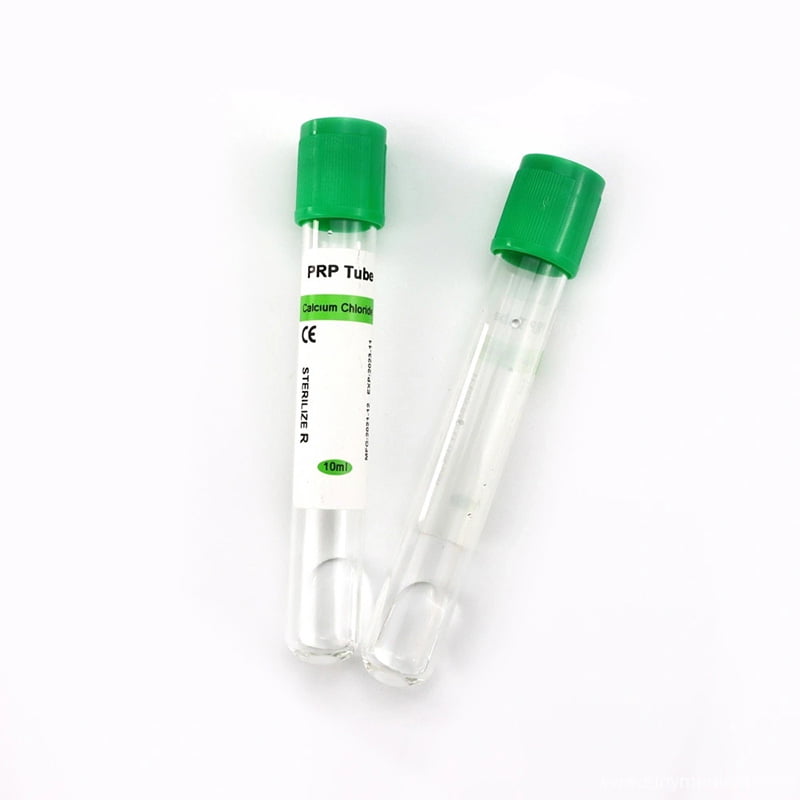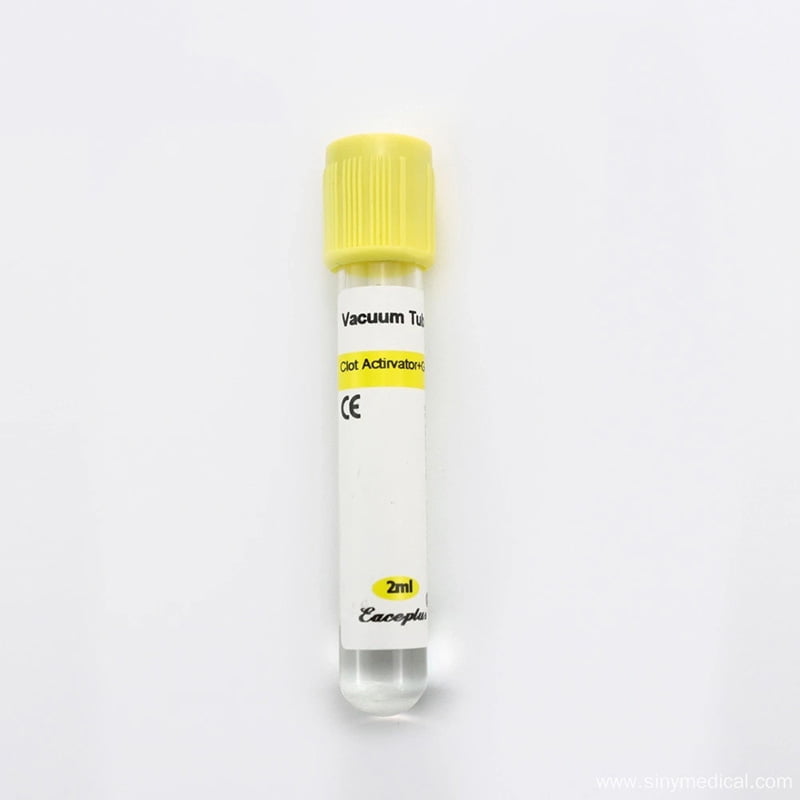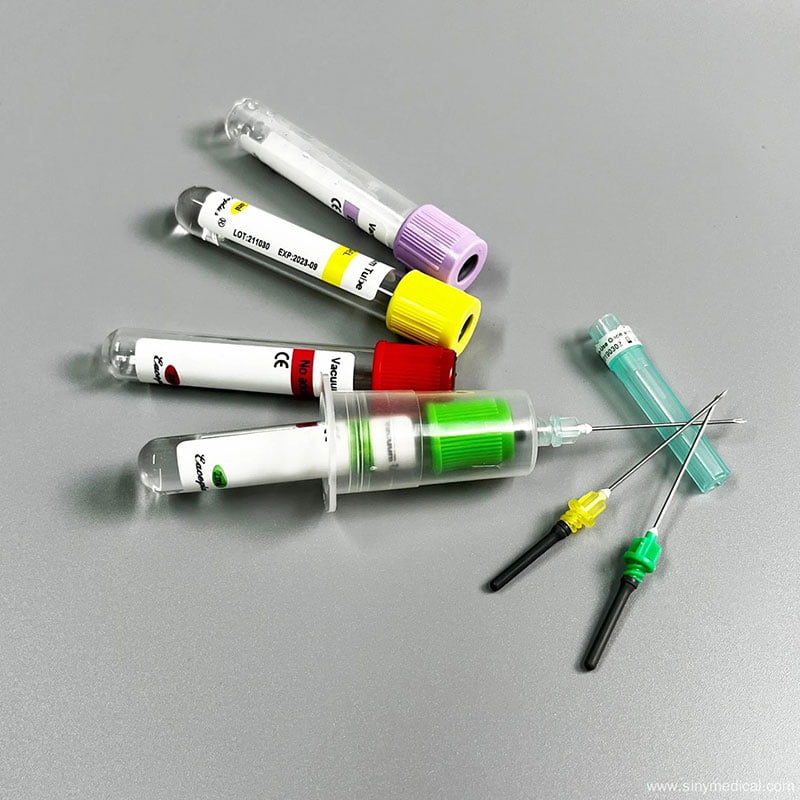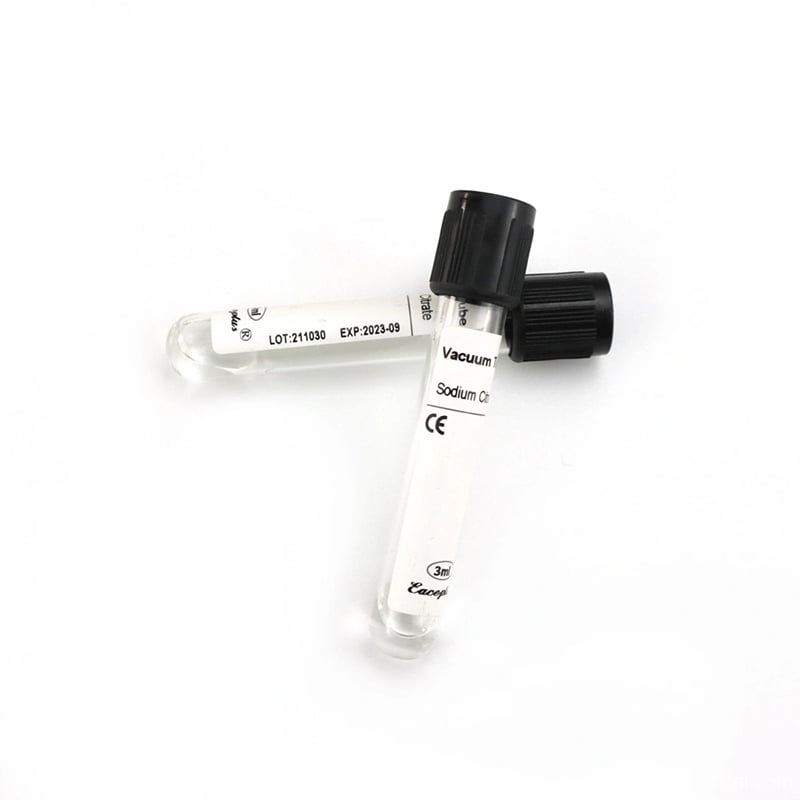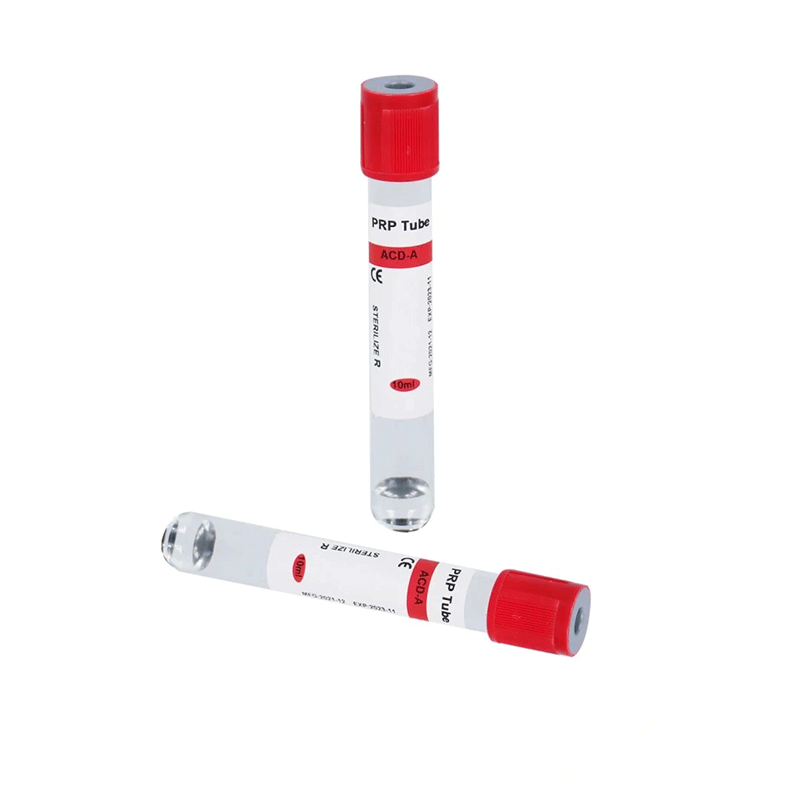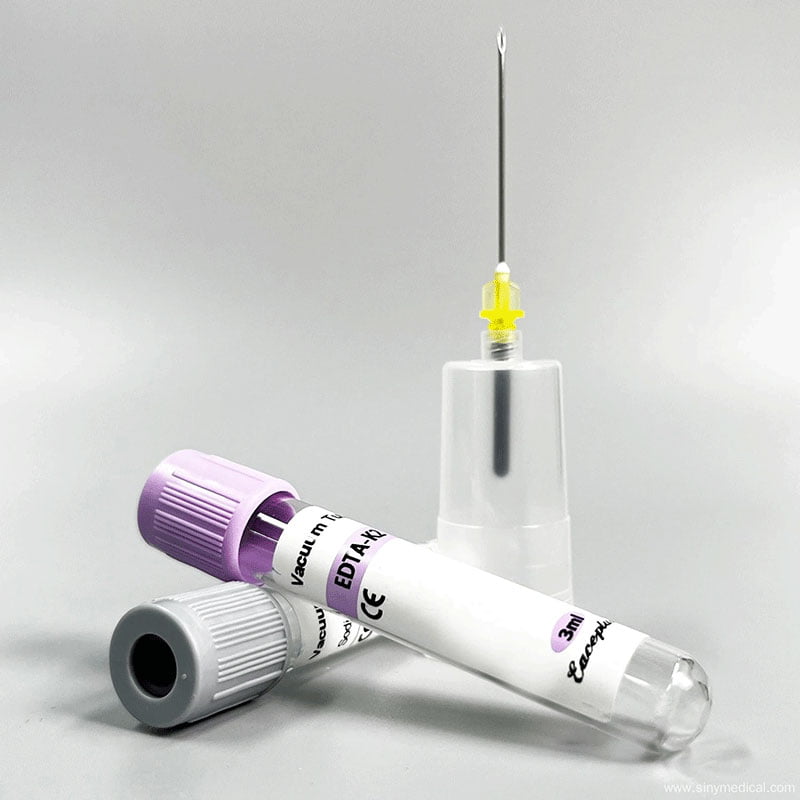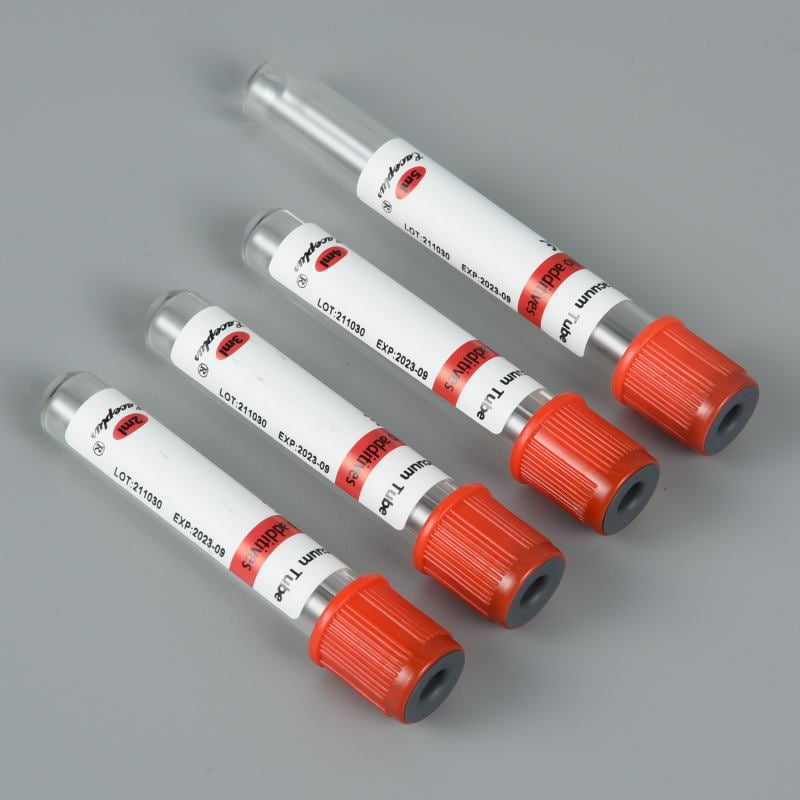Are you wondering what type of needle is used for blood collection in hospitals, clinics, or laboratories? Whether you’re a healthcare professional, a medical student, or simply curious about medical procedures, understanding the types of blood collection needles is crucial. The type of needle employed can affect patient comfort, sample quality, and even the safety of the process. In this comprehensive guide, we delve deep into everything you need to know about blood collection needles, with expert insights, research-based information, and resources from Siny Medical, an industry-leading manufacturer of medical equipment and blood collection devices.
Table of Contents
Introduction to Blood Collection Needles
Blood collection needles are specialized medical devices designed to draw blood from veins for diagnostic testing, transfusions, or research purposes. Engineers design these needles to be sharp, sterile, and safe, ensuring they minimize patient discomfort and maximize efficiency for healthcare professionals.

The choice of needle depends on factors such as the patient’s vein size, the volume of blood required, and the procedure’s purpose. At Siny Medical, we offer a wide range of blood collection needles tailored to meet diverse medical needs.
Types of Blood Collection Needles
Butterfly Needles (Winged Infusion Sets)
Butterfly needles, also known as winged infusion sets, are a popular choice for blood collection, particularly in challenging cases. These needles feature a small, thin cannula attached to a flexible tube and two “wings” that provide stability and control during venipuncture. The wings allow phlebotomists to grip and maneuver the needle with precision, reducing the risk of vein damage.
- Design and Features: Butterfly needles typically range from 18 to 27 gauge, with 21 to 23 gauge being the most common for blood collection. The needle is short (usually ¾ inch) and connected to flexible tubing (20–35 cm long) that links to a syringe, vacuum tube, or collection bottle. The smaller gauge and flexible tubing minimize patient discomfort and reduce the risk of tissue damage.
- Applications: These needles are ideal for patients with small or fragile veins, such as pediatric, geriatric, or oncology patients. Healthcare professionals also use butterfly needles for short-term IV infusions lasting less than 5 hours and for accessing superficial veins, such as those in the hand or scalp. Siny Medical designs its butterfly needles for precision and comfort, ensuring they remain a top choice for delicate procedures.
- Advantages: Butterfly needles reduce the risk of hemolysis compared to IV catheters, as noted in a 2016 study that found a 50% reduction in blood breakdown when using butterfly needles. Their flexible tubing and winged design provide better control, especially for difficult veins.
- Limitations: Blood collection with butterfly needles is slower due to their smaller gauge, making them less suitable for large-volume draws or urgent situations. They are also more expensive than straight needles, which may influence their use in high-volume settings.
Straight Needles (Vacutainer Needles)
Straight needles, also referred to as vacutainer needles or multi-sample needles, are the standard choice for routine blood draws in clinical settings. These needles are designed for use with vacuum blood collection tubes, allowing for efficient and rapid sample collection.
- Design and Features: Straight needles are typically 20 to 22 gauge and 1 to 1.5 inches long. They consist of a sharp, beveled cannula attached to a hub that connects to a vacuum tube holder or syringe. The design incorporates a flexible rubber sheath that seals the needle after removing each tube, effectively preventing blood leakage during multi-sample draws.
- Applications: These needles suit patients with healthy, accessible veins perfectly. Hospitals, clinics, and blood banks widely use them for routine blood tests. They excel in scenarios requiring multiple samples from a single puncture, reducing patient discomfort. Siny Medical engineers straight needles for high efficiency and seamless compatibility with vacuum blood collection tubes.
- Advantages: Straight needles are cost-effective, widely available, and suitable for high-volume blood draws. Their design minimizes hemolysis and clotting, ensuring high-quality samples. The World Health Organization recommends straight needles for their versatility and safety in standard procedures.
- Limitations: Straight needles require precise technique to avoid vein damage, especially in patients with fragile or hard-to-access veins. They may not be suitable for pediatric or geriatric patients without skilled handling.
Pen-Type Blood Collection Needles
Pen-type blood collection needles are an innovative alternative to traditional needles, designed for ease of use and enhanced safety. These needles resemble a pen, with a fine-tipped cannula and a safety mechanism that activates post-use to prevent needlestick injuries.
- Design and Features: Pen-type needles are short, thin (typically 21 to 23 gauge), and equipped with a safety sheath that automatically covers the needle after use. This passive safety mechanism reduces the risk of accidental needlesticks, a significant concern in healthcare settings. Siny Medical’s pen-type needles are designed for one-handed operation, making them user-friendly for phlebotomists.
- Applications: These needles are used in hospitals, clinics, and home healthcare settings for routine blood draws, self-testing (e.g., diabetes monitoring), and veterinary applications. They are particularly suitable for pediatric patients and individuals with needle phobia due to their reduced insertion force and minimal pain.
- Advantages: Pen-type needles offer improved safety, reduced pain, and versatility for various blood collection procedures, including venipuncture and capillary blood collection. Their ergonomic design simplifies training and ensures consistent performance.
- Limitations: Pen-type needles may be more expensive than straight needles, and their use in large-volume draws is limited due to their smaller gauge.
Safety Blood Collection Needles
Safety blood collection needles are designed with advanced mechanisms to minimize the risk of needlestick injuries, which can transmit bloodborne pathogens like HIV or hepatitis. These needles incorporate features like retractable cannulas or protective shields.
- Design and Features: Safety needles come in various forms, including retractable needles, shielded needles, and winged infusion sets with safety features. Retractable needles automatically withdraw into the hub after use, while shielded needles have a cover that slides over the cannula. Siny Medical’s safety needles are engineered to meet industry-leading safety standards.
- Applications: These needles are used in high-risk settings like emergency rooms, operating rooms, and laboratories, where needlestick injuries are a concern. They are also suitable for routine blood draws and IV infusions.
- Advantages: Safety needles significantly reduce the risk of needlestick injuries, protecting healthcare workers and patients. A study from Piedmont, Italy reported a reduction in needlestick injuries after implementing safety devices.
- Limitations: The added safety features increase the cost, which may limit their use in resource-constrained settings. Proper training is required to ensure correct activation of safety mechanisms.
Micro Capillary Tubes
Micro capillary tubes are slender, cylindrical tubes used for collecting small volumes of blood, typically through capillary action rather than venipuncture. While not traditional needles, they are an essential tool for specific blood collection scenarios.
- Design and Features: Made from glass or shatter-resistant plastic, micro capillary tubes are coated with anticoagulants like EDTA or heparin to preserve samples. They range from 0.2 to 1.5 mL in volume and rely on capillary action to draw blood from a finger or heel prick.
- Applications: These tubes are used for pediatric, geriatric, or difficult vein access cases, such as in point-of-care diagnostics or hematological testing. Siny Medical’s micro capillary tubes are designed for precision and safety.
- Advantages: Micro capillary tubes are minimally invasive, reducing patient discomfort. They are ideal for small-volume samples and do not require a suction device.
- Limitations: They are unsuitable for large-volume draws and require careful handling to avoid contamination.
How to Select the Right Type of Needle for Blood Collection
Selecting the proper needle type depends on several crucial factors:
- Patient’s Age and Vein Condition: Children or elderly patients often require a smaller gauge or a butterfly needle for delicate veins.
- Procedure Requirements: Some diagnostic tests may require multiple tubes or specific blood volumes, influencing the choice of needle and assembly.
- Safety Protocols: Environments with a risk of needlestick injuries prioritize safety-engineered needles.
- Patient Comfort: Designs like butterfly or pen-type needles can improve patient experience.
For expert guidance, contact Siny Medical.
Gauge Selection: Why Needle Size Matters
The gauge refers to the diameter of the needle. Lower numbers indicate thicker needles, while higher numbers mean thinner needles. The most commonly used sizes for blood collection range from 21G to 23G.
- 21G (Green): Standard for most adult blood draws.
- 22G (Black): Often used for children and elderly patients.
- 23G (Blue): Suitable for very small or difficult veins.
Selecting the right gauge ensures optimal blood flow, minimal hemolysis (destruction of red blood cells), and enhanced patient comfort.
How Blood Collection Needles Work
Understanding the mechanics of blood collection needles is crucial for their effective use. Each needle type has a unique design to facilitate venipuncture and sample collection:
- Hub: The hub is the base of the needle, connecting to syringes, vacuum tubes, or other devices. It provides stability during the procedure.
- Cannula: The sharp, beveled cannula penetrates the skin and vein, allowing blood to flow through its hollow lumen.
- Shaft: The shaft connects the hub to the cannula, ensuring precise control during insertion.
- Safety Mechanisms: Many modern needles, such as Siny Medical’s safety needles, include retractable or shielded features to enhance safety.
For vacuum blood collection systems, the needle punctures the vein and connects to a vacuum-sealed tube, which draws the precise volume of blood needed. This system, used with straight needles or butterfly needles, minimizes manual effort and ensures consistent sample volumes. Siny Medical’s vacuum blood collection tubes are designed to work seamlessly with these needles.
Summary
Selecting the type of needle used for blood collection is more than a technical choice—it’s about safety, comfort, and reliable diagnostics. From standard needles to innovative safety and pen-type designs, options abound for every clinical scenario. Always choose quality-assured products, stay updated on the latest advances, and rely on trusted suppliers like Siny Medical for your blood collection needs.
For more industry news, product launches, and educational content, stay connected with Siny Medical’s YouTube channel and visit their Made-in-China listing.
For purchasing details, product demonstrations, or technical support, reach out via the Siny Medical Contact page.
FAQ
What is the difference between a butterfly needle and a standard needle?
A butterfly needle uses flexible wings and tubing for gentle, controlled insertion, perfect for small veins or pediatric patients. A standard needle is straight and typically used for adults with prominent veins. Read more at Butterfly Blood Collection Needle.
How do I know which gauge to use?
Gauge choice depends on vein size, patient age, and procedure. 21G is most common, 22G for smaller veins, and 23G for delicate veins.
What are safety blood collection needles?
These have built-in mechanisms to reduce accidental injuries and contact with blood. See Safety Features of Pen-Type Blood Collection Needles.
Can pen-type blood collection needles be used at home?
Yes, their ergonomic design and precision make them suitable for point-of-care, including some self-sampling situations. Learn more at Pen-Type Blood Collection Needle.
Where can I find more resources or contact support?
Visit the Siny Medical website or directly contact us.

